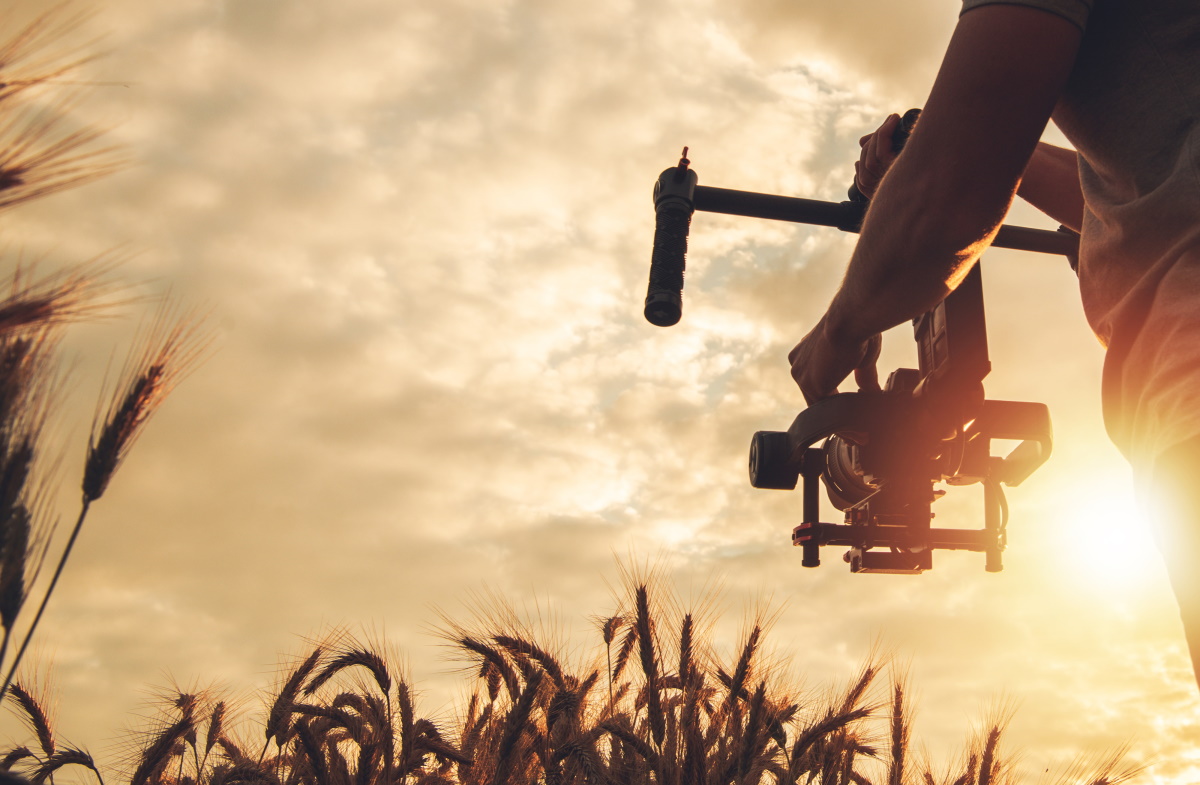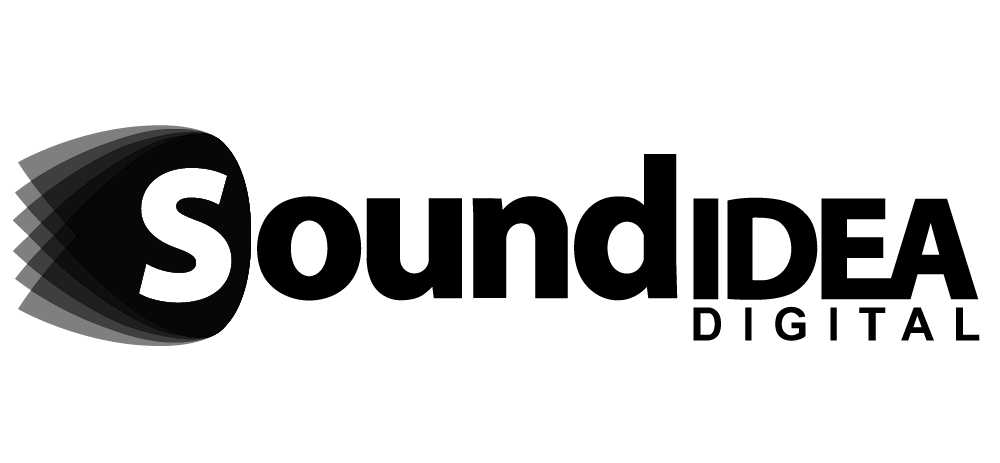
How to Produce a Documentary Video in Different Languages
A well produced documentary can sway the hearts and minds of viewers. As content mediums go, documentary video’s greatest asset is the ability to tell a story. Which may pose a risk when translated into other languages as every language has it own dialects, slang and nuances.
To keep your story true with every translation we recommend the following:

Do your Research
When dealing with different country’s and cultures, it is advised to do your research in advance. Understanding the languages and variations thereof may play a pivotal role in your script writing and storytelling. In the cases where knowledge is limited, consider employing a cultural expert to aid your planning.
Collaboration is Key on a Documentary Video
A typical documentary video production involves the expertise of many stakeholders, we recommend setting up channels for collaboration during your planning phase. Understanding how to work with subject matter experts plays a pivotal role as each individual may unlock new avenues for storytelling.
Plan your Documentary Video Script
Your base script plays an essential role in your ability to translate it. Keep your writing neutral by avoiding local names, slang, and dialect. Expressions or idioms are also often difficult to translate effectively. In the cases where a reference plays an essential part in the story we recommend providing context to the viewer, by means of complimentary material.
Improve your Editorial Process
Break your script up into phases and have each phase signed off by all stakeholders involved. The same applies to post production with subtitles and editing. When reviewing translations, ensure you have more than one person involved. There may be subtle references that might not be apparent until a fresh pair of eyes has glanced the dialogue.
Find the Right Tempo
Every language has a different flow, which inherently lends itself to its own unique pace. With each translation your editing should match the tempo of the script and translations. That being said, we recommend keeping this in mind when writing your scripts as each translation of your documentary could have a different tempo which may be confusing if not adjusted for.

A strong documentary video or film is the effective marriage between audio and visual. Finding your tempo for each language translation and the subsequent editing should be planned from the outset. The same rule applies to your motion graphics and subtitles, every piece of complementary content should match your overall video pacing.
Looking for documentary video company with over three decades of experience? Get in touch with our team today!
We are a full-service Web development and Content Production Agency in Gauteng specialising in Video Production, Animation, eLearning Content Development, and Learning Management Systems. Contact us for a quote. | Info@soundidea.co.za | Our Portfolio | +27 82 491 5824 |



